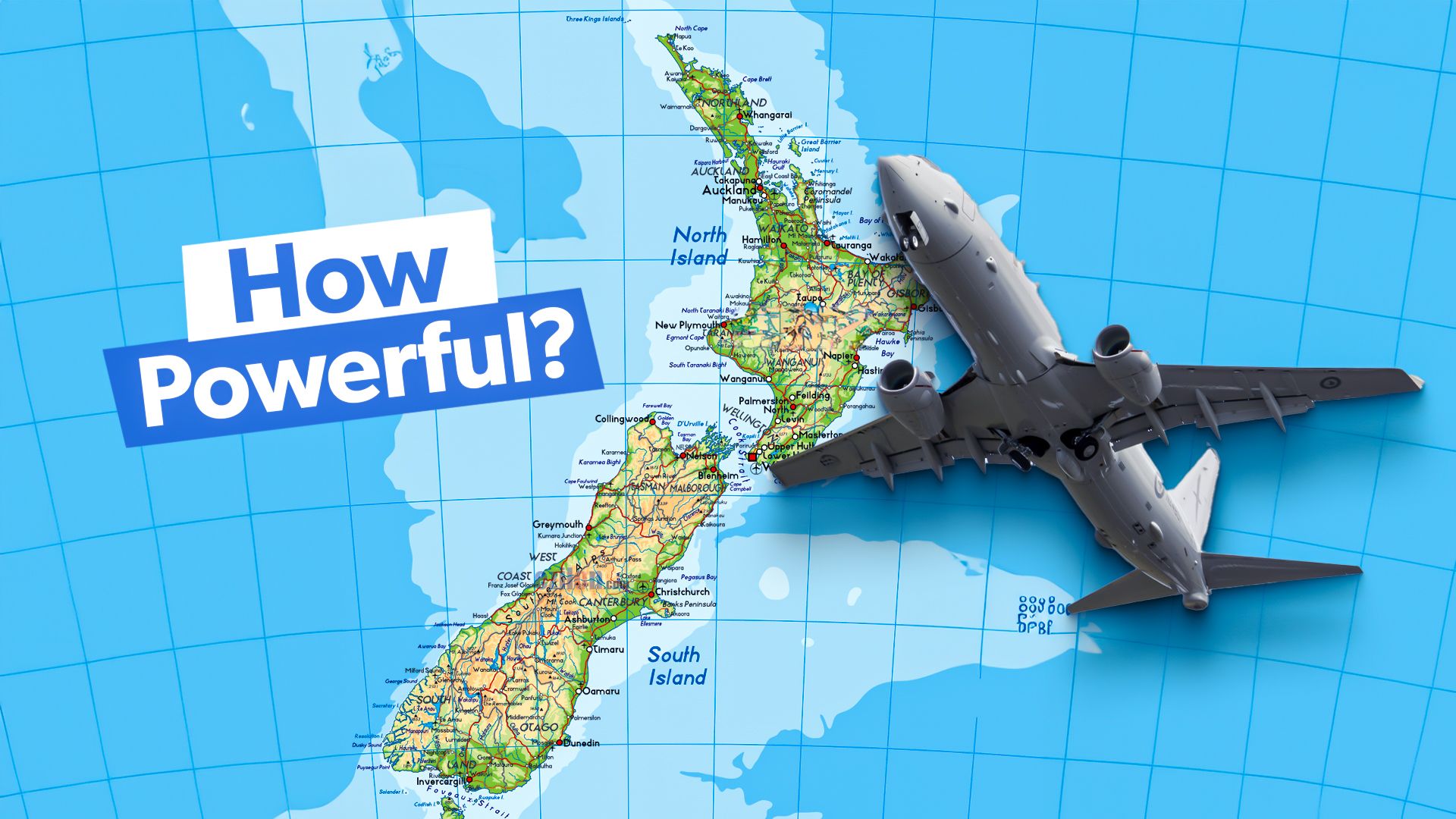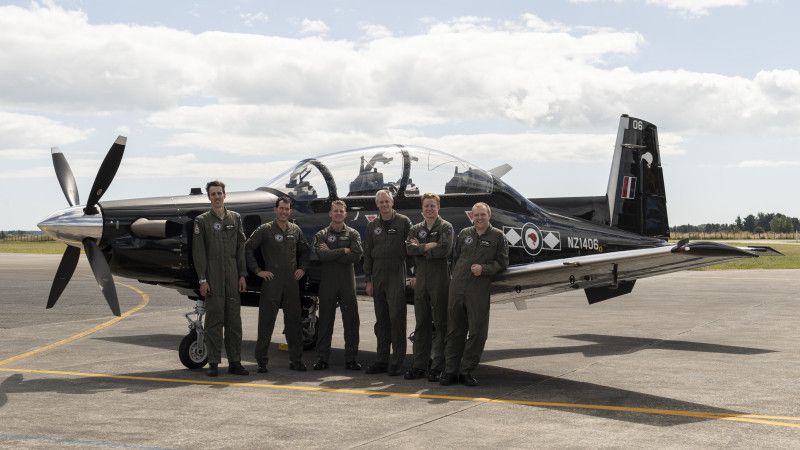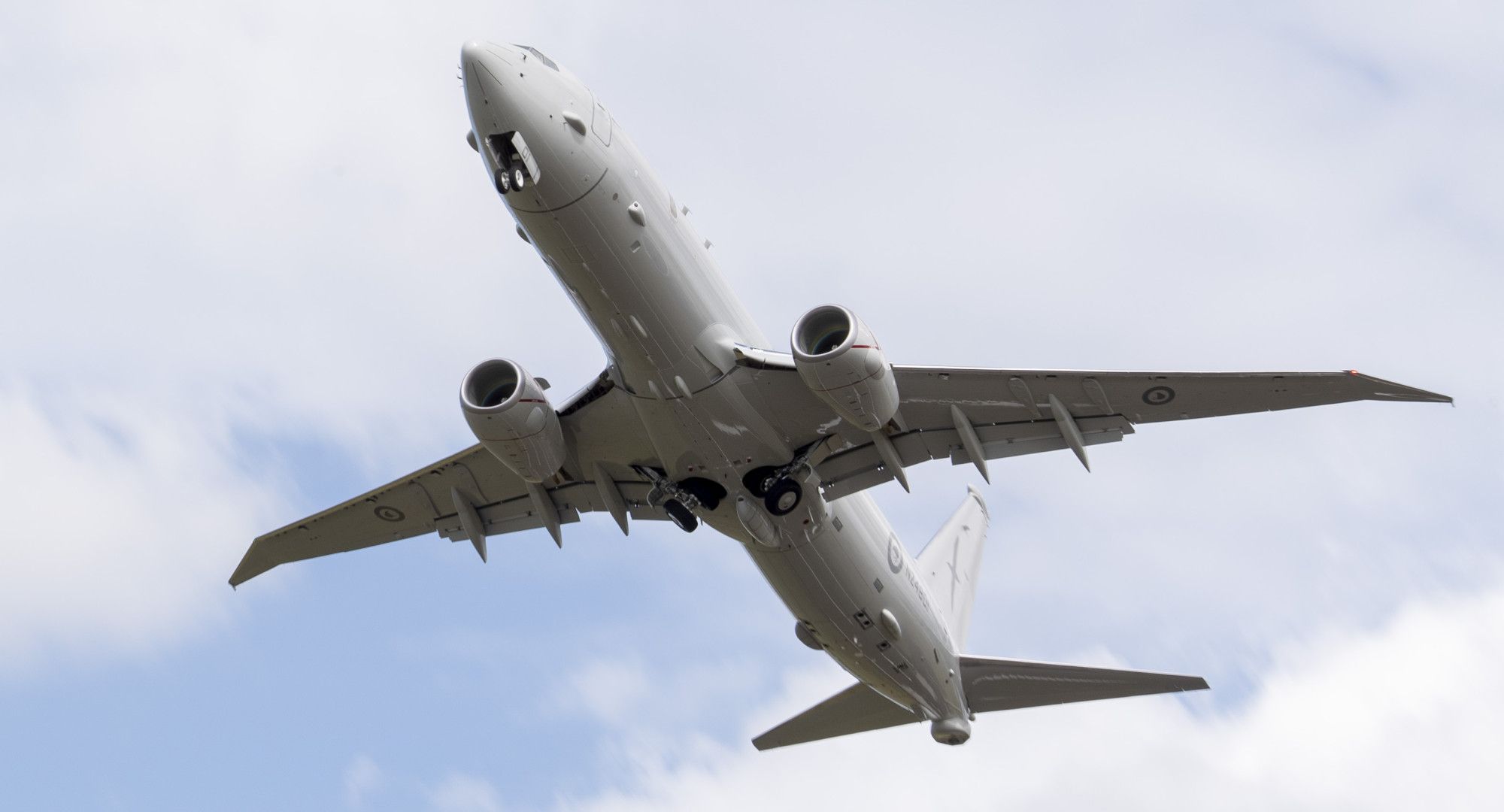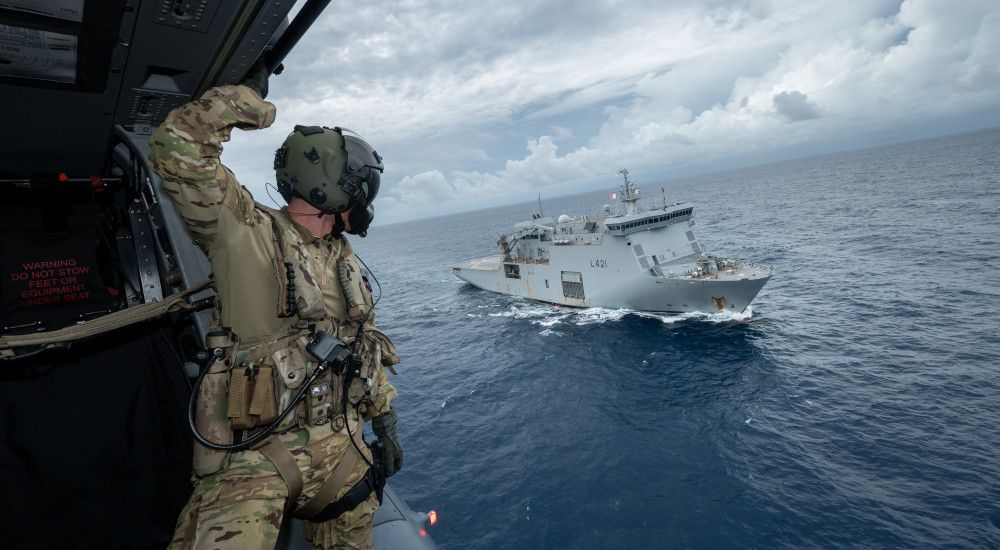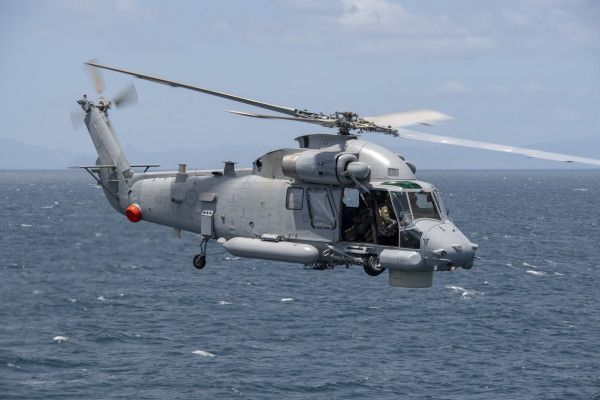Summary
- New Zealand Air Force lacks fighter aircraft due to a focus on other capabilities.
- New Zealand plans to maintain a small, non-strike-wing focused air force.
- The country lacks the will, funding, personnel to expand its air force to more robust levels.
The irony of having a flightless bird as the symbol of an air force is not lost on many New Zealanders (colloquially called ‘kiwis’). The Royal New Zealand Air Force (RNZAF) is one of the smallest Western air forces – and one of the world’s most isolated.
New Zealand contributed an out-sized number of pilots in the Battle of Britain and maintained a decent air force during WW2 (when it operated around 1,000 aircraft) and the Cold War. But today, the Royal New Zealand Air Force lacks fighter aircraft.
New Zealand dispanded combat aircraft
New Zealand is a small, peaceful country in the South Pacific. Its armed forces are generally geared around supporting Australian-led missions (which is arguably, in turn, geared around supporting US-led missions). Not only does New Zealand lack fighter jets, but it also lacks submarines, destroyers, main battle tanks, and other capabilities most military forces have.
Photo: New Zealand Defence Force
During the Cold War, the New Zealand Air Force’s combat capability was provided by Douglas A-4K Skyhawks and Aemacchi MB-339 trainers. But then the Cold War ended, and countries around the world enjoyed the Peace Dividend. By 2001, New Zealand faced the choice of retiring its combat air force without replacement or accepting an American offer to lease 28 F-16 A/Bs.
Initially, New Zealand was planning to lease the F-16s (and Australia and the USA supported this), but a change in government saw the proposal axed as a pointless waste of money. It was also argued the money would be better spent on the under-funded New Zealand Army. The decision was somewhat controversial domestically then, but for over 20 years, the Royal New Zealand Air Force has been without combat aircraft.
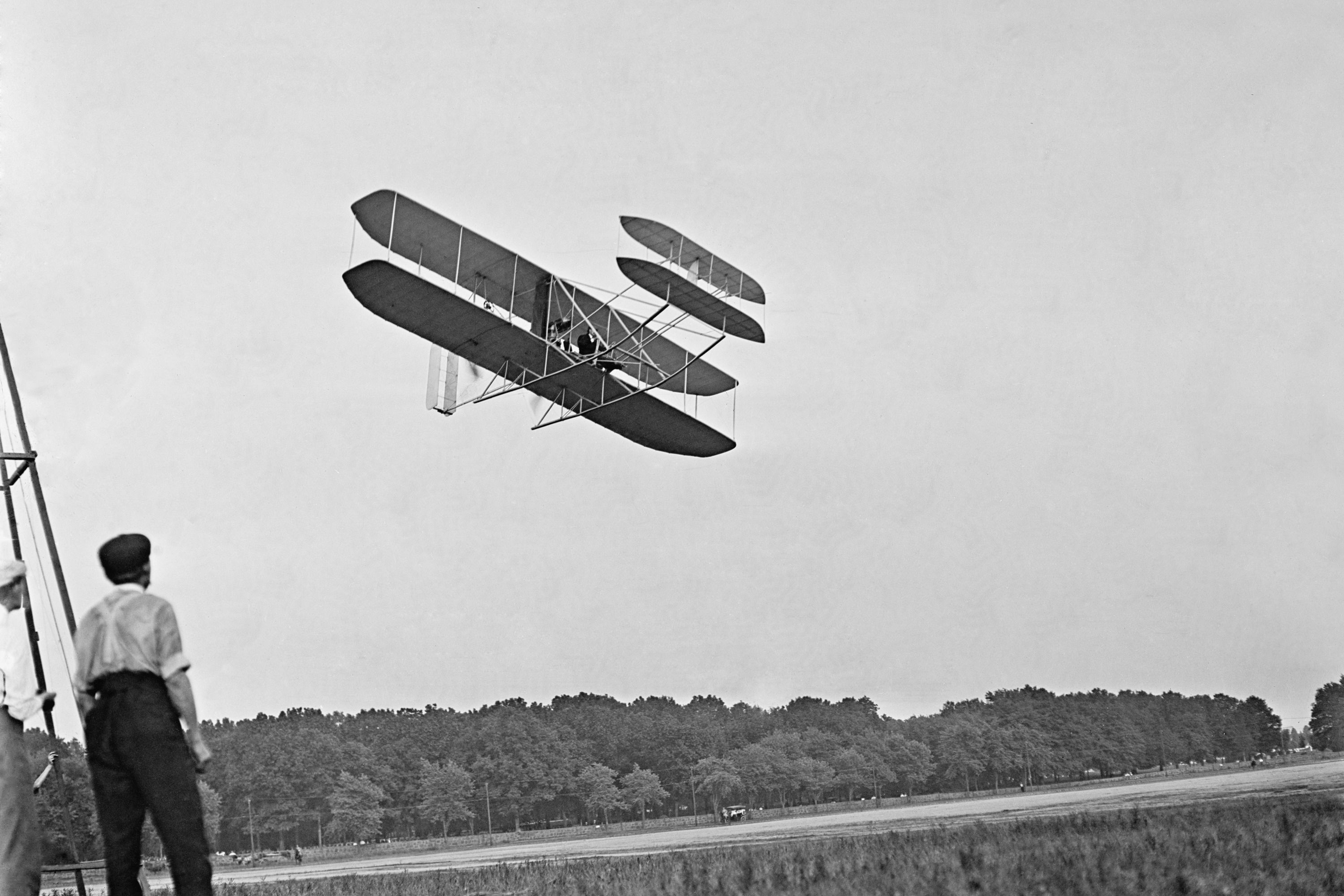
Related
History: Did New Zealand Achieve The First Flight Before The Wright Brothers?
Whether Richard Pearse flew or just “long hopped” before the Wright brothers has been debated for over 120 years.
Royal New Zealand Air Force aircraft
The most potent aircraft New Zealand has today is the P-8A Poseidon (note that New Zealand does not have a naval air force). These are used for aerial surveillance of New Zealand’s large Exclusive Economic Zone and beyond.
New Zealand purchased four P-8A Poseidons to replace its aging fleet of P-3K2 Orions (which were retired in January 2023). P-8s are derived from the civilian Boeing 737-800 and operate in anti-submarine warfare, anti-surface warfare, and intelligence, surveillance, and reconnaissance roles. They can carry Harpoon anti-ship missiles.
Photo: Royal New Zealand Air Force
|
New Zealand Air Force aircraft |
Quantity |
Role |
|---|---|---|
|
P-8A Poseidon |
4 |
maritime patrol and reconnaissance |
|
Boeing 757-200 |
2 |
cargo/transport |
|
AgustaWestland A109 Light Utility Helicopters |
5 |
multi-purpose helicopter |
|
NH90 Helicopter |
8 |
medium utility helicopter |
|
Lockheed C-130H Hercules |
5 |
cargo/transport |
|
King Air 350 |
4 |
nine-passenger, commuter aircraft |
|
SH-2G(I) Seasprite maritime helicopters |
8 |
marine anti-submarine helicopter |
|
T-6C Texan II |
11 |
trainer |
New Zealand operates some marine helicopters, including the Seasprite. Otherwise, most aircraft are for transport, utility, or training. While some aging aircraft (such as the Boeing 757 and Lockheed C-130H Hercules) are planned to be replaced, New Zealand has no plans to reinstate a strike wing capability. Even so, the New Zealand Air Force states:
“We’ve got the right equipment to perform our primary roles: airborne surveillance and reconnaissance, combat, and air mobility … [We have an] agile and adaptive Air Force with the versatility essential for New Zealand Defence Force operations.”
Photo: Royal New Zealand Air Force

Related
Royal New Zealand Air Force Receives First Boeing P-8A Poseidon
The Boeing Poseidon P-8A is en route to its new home at Ohakea Air Base. The start of a multibillion-dollar investment by the New Zealand Government.
Not enough personnel
Defense forces haven’t been a priority for New Zealand for many years. New Zealand’s air force is small even for its size when compared to somewhat comparable countries in Nordic Europe, such as Denmark, Finland, and Norway. These are developed nations with populations of around 5-6 million, maintaining significant air forces.
New Zealand is unlikely to consider seriously rearming and building up a more capable air force unless the security in the region deteriorates. This makes New Zealand somewhat similar to Ireland in its strategy.
In June 2023, the total New Zealand Defense Force numbered 15,236. Of these, 4,268 were regulars in the Army, 2,390 were in the Air Force, and 2,068 were in the Navy. The remaining 3,060 were civilians serving in the military, and another 3,450 were reserve forces.
|
New Zealand military personnel |
Number |
|---|---|
|
Army |
4,268 |
|
Air Force |
2,390 |
|
Navy |
2,068 |
|
Reserve forces |
3,450 |
|
Civilians in the military |
3,060 |
|
Total |
15,236 |
New Zealand is struggling to find enough personnel to operate the limited equipment it already has. According to Defense One, New Zealand has mothballed ships and lacks drivers for the new Bushmaster armored vehicles it recently received. The New Zealand Air Force receives an annual budget of around NZ$1 billion or around US$600,000. To operate a modern air force, this is a paltry sum.
Photo: Royal New Zealand Air Force
By contrast, Finland is ordering a fleet of 64 fifth-generation F-35 fighters. But Finland is not like New Zealand. Finland shares a long border with Russia and fears Russia will invade again like the USSR did in the Winter War of 1940.
While Finland only has a regular active strength of around 3,100 airmen, it maintains a massive reserve force to rapidly scale up dramatically in an emergency (it has 38,000 reserve personnel in the Air Force). Lacking apparent threats in the region, New Zealand does not possess this capability.

